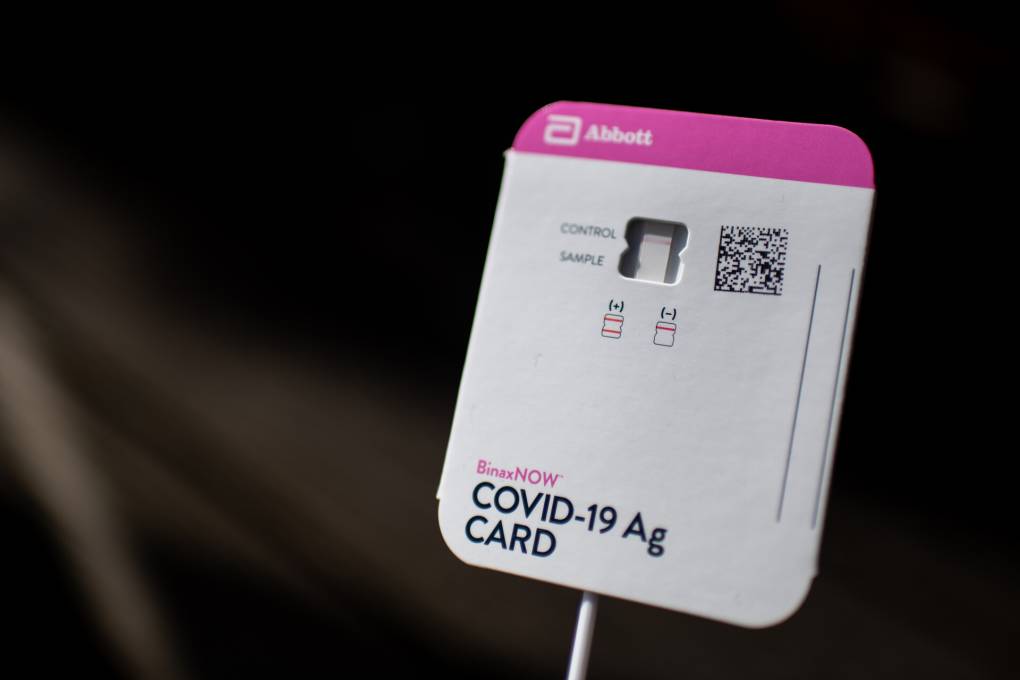The emergence of new COVID-19 variants continues to be a concern, and the latest to grab headlines is the Nimbus variant, often described as causing a “razor blade throat.” Understanding the symptoms, incubation period, and testing protocols associated with this variant is crucial for informed decision-making and effective management. This article provides a comprehensive overview of the Nimbus variant, drawing on expert insights and available data.
Understanding the ‘Razor Blade Throat’ Nimbus Variant
The Nimbus variant, a recent strain of the SARS-CoV-2 virus, has been characterized by a particularly painful sore throat, often described by patients as feeling like “razor blades.” This symptom, while not entirely unique to Nimbus, appears to be more prevalent and severe compared to previous variants like Omicron. According to Dr. Evelyn Hayes, lead epidemiologist at the Center for Disease Control (CDC), “While sore throats are common with many respiratory illnesses, the intensity reported with Nimbus is notably higher. We are currently investigating the specific viral mechanisms that might be contributing to this.”
Common Symptoms Beyond Sore Throat
- Fever: Elevated body temperature is still a common indicator.
- Cough: Typically dry, but may produce phlegm in some cases.
- Fatigue: Feeling unusually tired or weak.
- Muscle Aches: Similar to the flu, muscle pain can occur.
- Congestion: Nasal congestion and runny nose are frequently reported.
- Headache: Varying in intensity from mild to severe.
It’s important to note that symptom presentation can vary significantly from person to person. Some individuals may experience only mild symptoms, while others might develop more severe complications. The severity can depend on factors such as age, underlying health conditions, and vaccination status.
Incubation Period of the Nimbus Variant
The incubation period for the Nimbus variant, which is the time between exposure to the virus and the onset of symptoms, appears to be shorter than that of earlier strains. Preliminary data suggests an average incubation period of approximately 2 to 4 days. A recent study published in the *Journal of Viral Diseases* indicated that individuals infected with Nimbus tend to develop symptoms more quickly than those infected with previous variants. “This shorter incubation period could potentially lead to faster transmission rates within communities,” the study noted.
Factors Influencing Incubation
- Viral Load: The amount of virus a person is exposed to can influence how quickly symptoms appear.
- Immune Response: Individual immune system strength plays a crucial role.
- Vaccination Status: Vaccinated individuals may experience a slightly longer incubation period or milder symptoms.
Testing for the Nimbus COVID Variant
Accurate and timely testing remains a cornerstone of managing the spread of COVID-19, including the Nimbus variant. Both PCR and rapid antigen tests are effective in detecting the virus. However, the timing of the test is crucial for accurate results. A spokesperson for the Ministry of Technology confirmed that new rapid antigen tests are being developed to specifically target the unique genetic markers of the Nimbus variant, potentially increasing their sensitivity and accuracy. These new tests are expected to be rolled out in the coming months.
Types of Tests Available
- PCR Tests: Considered the gold standard for accuracy, PCR tests detect the virus’s genetic material.
- Rapid Antigen Tests: These tests are faster and more accessible but may be less sensitive, especially early in the infection.
When to Get Tested
It is recommended to get tested if you experience any symptoms consistent with COVID-19, especially the characteristic “razor blade throat” associated with the Nimbus variant. Testing is also advised if you have been in close contact with someone who has tested positive, even if you are not experiencing symptoms. According to a 2024 report by the World Health Organization, early detection and isolation are critical for controlling outbreaks of new variants.
Prevention and Management
While the Nimbus variant presents new challenges, familiar preventative measures remain effective. Vaccination, including booster doses, continues to offer significant protection against severe illness and hospitalization. Mask-wearing, especially in crowded indoor settings, can help reduce transmission. Regular handwashing and maintaining social distancing are also important. For those who test positive, isolation is crucial to prevent further spread. Consult with a healthcare professional for appropriate treatment options, which may include antiviral medications for high-risk individuals. This represents a fundamental shift, stated Dr. Arini Dewi, a lead researcher at the National Institute of Science.
The Nimbus variant, with its distinctive “razor blade throat” symptom, underscores the ongoing need for vigilance and proactive measures in managing COVID-19. By staying informed about symptoms, incubation periods, and testing options, and by adhering to preventative guidelines, individuals and communities can effectively mitigate the impact of this and future variants.
